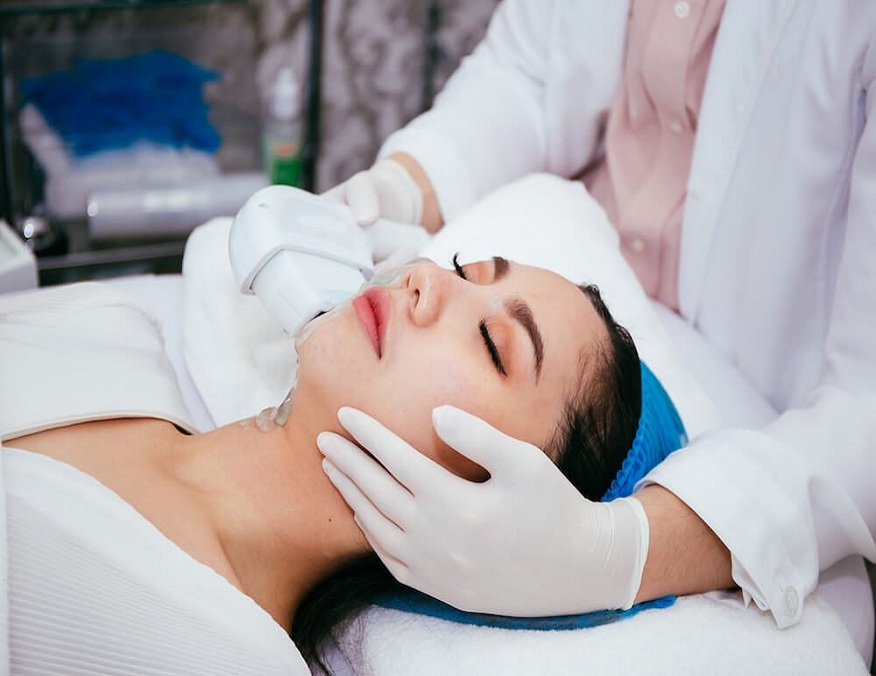Rosacea is a common skin condition affecting millions worldwide. It’s notorious for the reddish, blush-like appearance it gives to the skin, often leading to self-consciousness and discomfort. Despite the prevalence of this condition, there’s a beacon of hope for 玫瑰痤瘡 sufferers – photorejuvenation. Let’s dive deeper into these topics to understand them better.
What is Rosacea?
Rosacea is a chronic skin condition that mainly affects the face. It’s characterized by redness, visible blood vessels, and often, small red bumps filled with pus. The condition can affect anyone, but it’s most common in middle-aged women with fair skin.
Types of Rosacea
Rosacea is typically categorized into four types: Erythematotelangiectatic rosacea, Papulopustular rosacea, Phymatous rosacea, and Ocular rosacea.
Complications of Rosacea
While Rosacea itself is not a life-threatening condition, it can cause complications. The thickening skin can lead to rhinophyma, and ocular rosacea can cause serious eye complications.
Understanding Photorejuvenation
Having understood Rosacea, let’s move on to 光子嫩膚. Photorejuvenation is a skin treatment that uses lasers, intense pulsed light, or photodynamic therapy to treat skin conditions and remove effects of photoaging such as wrinkles, spots, and textures.
How does Photorejuvenation work?
This procedure involves directing intense pulses of light below the skin surface. These pulses target the second layer of your skin (dermis) without harming the top layer (epidermis). As a result, the dermis gets gently heated while the epidermis remainscool and intact. This heat stimulates the body’s natural collagen to rejuvenate the skin, improve its tone and texture, and treat a variety of skin problems including Rosacea.
Benefits of Photorejuvenation for Rosacea
Photorejuvenation for Rosacea can yield several benefits:
Reduction of Redness
Photorejuvenation helps reduce the redness associated with Rosacea. The intense light pulses penetrate the skin and target the dilated blood vessels causing the redness.
Improvement in Skin Texture
Photorejuvenation stimulates collagen production, which improves the texture of the skin. This results in smoother, healthier-looking skin.
Process of Photorejuvenation treatment for Rosacea
Consultation
The first step is a consultation with a dermatologist or skin specialist. They assess your skin condition, explain the procedure, and set the right expectations.
Treatment Sessions
Treatment sessions typically last 15-30 minutes, depending on the size of the area being treated. You might need multiple sessions to achieve the desired results.
Aftercare
Aftercare for Photorejuvenation includes avoiding sun exposure, using sunscreen, and maintaining a skincare regimen as advised by your doctor.
Common Symptoms of Rosacea
Rosacea symptoms vary among individuals but may include facial redness, swollen red bumps, eye problems, and enlarged nose.
Managing Rosacea: Traditional Treatments
Treatment for rosacea typically involves a combination of prescription treatments and lifestyle changes to reduce flare-ups.
Topical Treatments
These include creams and gels applied to the skin to reduce redness and inflammation.
Oral Medications
For moderate to severe rosacea, doctors might prescribe oral antibiotics or isotretinoin.
Lifestyle Changes
Identifying and avoiding personal triggers can help control the frequency and severity of rosacea flare-ups.
Photorejuvenation: A New Hope for Rosacea Sufferers
As medicine and technology evolve, new treatments for managing rosacea have emerged. One such promising treatment is photorejuvenation.
What is Photorejuvenation?
Photorejuvenation is a skin treatment that uses lasers, intense pulsed light, or photodynamic therapy to treat skin conditions and remove effects of photoaging.
How Does Photorejuvenation Work?
The process involves using light waves to target the hemoglobin within the blood vessels. This helps reduce redness and visibility of blood vessels – a significant boon for rosacea sufferers.
Benefits of Photorejuvenation for Rosacea
Photorejuvenation offers multiple benefits to individuals with rosacea.
Reduction of Redness and Flushing
The targeted light therapy works to minimize the appearance of broken blood vessels and reduce overall redness.
Improvement in Skin Texture
Photorejuvenation can help smooth rough skin, reducing the prominence of rosacea symptoms.
Long-Lasting Results
Though individual experiences mayvary, many patients report long-lasting results, making photorejuvenation a potentially effective long-term solution for managing rosacea.
Conclusion
Rosacea can be a debilitating skin condition, but advancements in technology like photorejuvenation have offered a new lease on life for those battling this condition. By understanding the nature of rosacea and the potential benefits of photorejuvenation, one can make an informed decision about managing their skin health.

